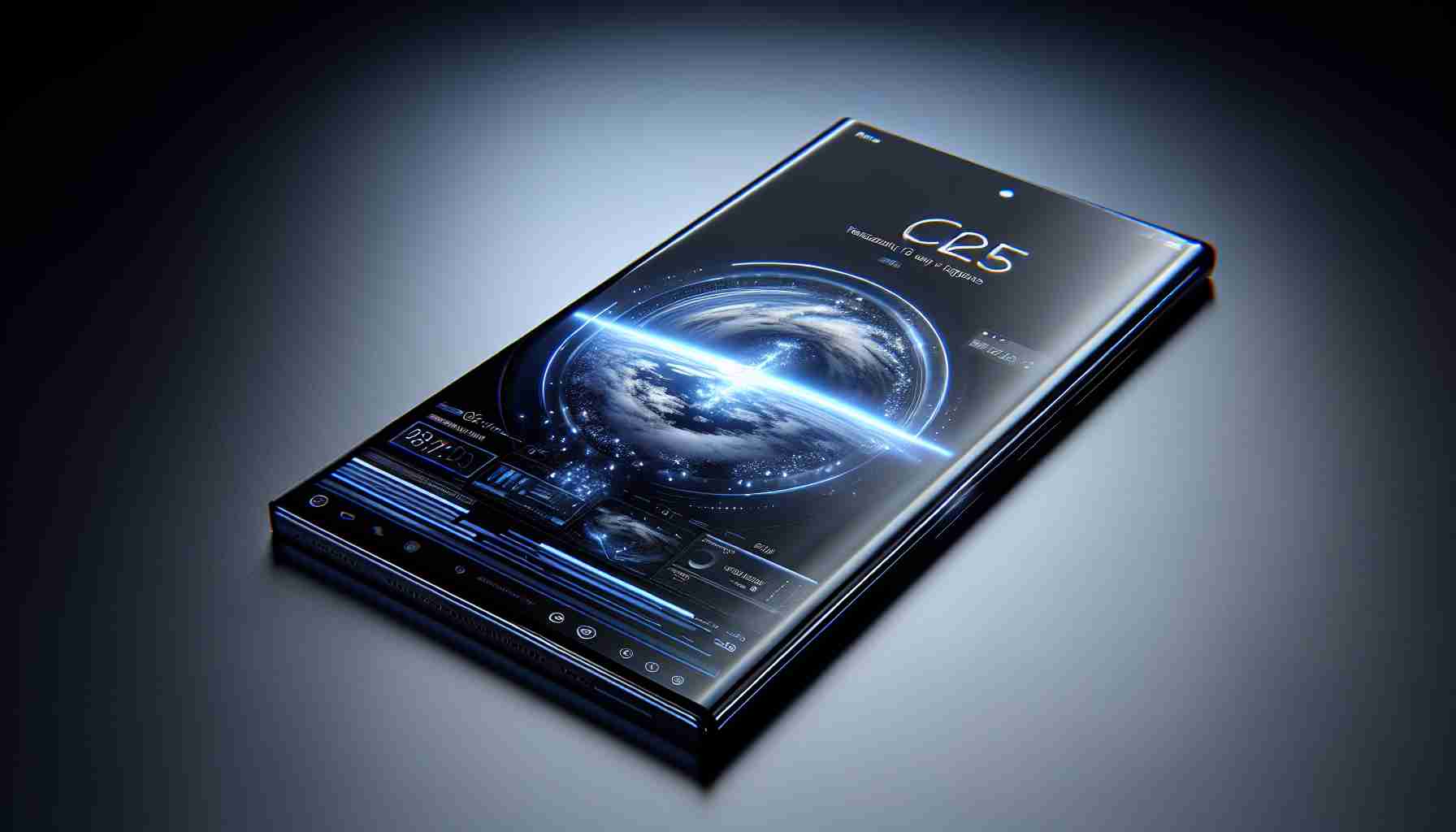Reinventing the Smartphone Experience
Tech enthusiasts have something exciting to look forward to as Apple gears up to unveil a groundbreaking iPhone model with a completely new design in September 2025. Poised to potentially be introduced alongside its sibling, the iPhone 17, this novel device is rumored to be impressively slender in its construction.
Sleek Dimensions and Centralized Camera Setup
The forthcoming iPhone is expected to boast a display size ranging between 6.1 and 6.9 inches, catering to users who prefer both moderately sized and larger phones. In a significant design shift, the camera array will be centrally located at the top of the phone’s back casing, rather than the traditional top-left corner.
Possible Moniker: iPhone 17 Slim
While the tech community has been buzzing about a thinner iPhone for a few weeks, an expert in the industry, Jeff Pu, attests to Apple’s ongoing development of such a device. Speculations suggest that the model could bear the name “iPhone 17 Slim,” alluding to its standout feature.
Exclusive and Expensive
Code-named “D23” within Apple’s ranks, this super-thin iPhone iteration is set to be a luxury offering, with a price tag exceeding $1,200. This would place it above even the most expensive current model, the iPhone 15 Pro Max, marking it as a premium addition to Apple’s smartphone lineup.
Creating an ultra-thin iPhone presents both technical challenges and potential consumer advantages and disadvantages.
Key Challenges:
– Battery Life: Slimmer devices typically mean less space for a battery. Apple will need to innovate to ensure that the device’s battery life is not significantly compromised. Advances in battery technology or more energy-efficient components could play a part in this.
– Structural Integrity: The thinner a device, the more susceptible it might be to bending or pressure damage. Apple will need to use sturdy materials and possibly new manufacturing techniques to maintain the device’s resilience.
– Heat Dissipation: Thinner devices can have issues with heat accumulation since there’s less space for components and less surface area for heat to escape. Efficient heat management will be crucial.
Advantages:
– Portability: A slimmer iPhone would be lighter and easier to carry, appealing to users who prioritize convenience and minimalism.
– Design Appeal: Apple products are often prized for their aesthetic, and an ultra-thin iPhone could be a status symbol that appeals to design-conscious consumers.
Disadvantages:
– Cost: As noted, the expected price tag is over $1,200, which could put this iPhone model out of reach for a significant segment of consumers.
– Functionality vs. Form: There may be trade-offs in terms of the features that can be included in an ultra-thin design, potentially limiting the device’s appeal to power users.
Controversies:
– It’s not unheard of for ultra-thin designs to lead to “bendgate”-style controversies, wherein consumers report that their devices bend or warp under normal use.
– There may be environmental concerns about the manufacturability and recyclability of ever-thinner gadgets.
For those who would like to explore this topic further, Apple’s official website offers in-depth information about their products and announcements, which can be accessed here: Apple. However, at this time, specific details about the iPhone in question are likely not available, given the projected launch date in 2025. Please revisit the official website closer to the release date for the latest official announcements.
The source of the article is from the blog mgz.com.tw
